Through our last Revolutionary NJ Blog entry, historian Earl Cain consulted the works of Atlantic County Historian Rev. Norman Goos to share the contributions of New Jersey’s Patriot seamen in the fight for independence. In this installment, he tells the story of the October 1778 British attack on the privateer center at Chestnut Neck.
Everything about the coming attack on Chestnut Neck was planned carefully and secretly, but as with almost all things in the British military in America, nothing was truly secret. George Washington’s spies were everywhere. By early October, word of the impending attack had reached Philadelphia and the Continental Congress. The Congress ordered Count Casimir Pulaski’s Legion “to proceed immediately to assist in the defense of Egg Harbor against the attack of the enemy on that port.”
Maj. Gen. William Alexander, Lord Sterling, wrote to Gen. George Washington and advised him “an expedition has taken place against Egg Harbor.” New Jersey Brig. Gen. William Maxwell added “a fleet of warships and 8 brigs and sloops sailed southward, designed for Egg Harbor.” Lord Sterling further updated George Washington saying “Pulaski has gone down to Egg Harbor.” Still a loyal American general at the time, Maj. Gen. Benedict Arnold wrote to Washington, “I was informed that the enemy meditated an attack on Little Egg Harbor….Col. Proctor’s regiment (artillery) was ordered to march immediately for the defense of the place and the next day I sent one hundred militiamen (Philadelphia) to reinforce him. Col. Proctor reached the neighborhood of Egg Harbor Oct. 7th where he was joined by only 50 militia (from Philadelphia), although they had been ordered out four days before.”
Col. Richard Somers called out the Third Battalion, and as far as we can tell, at least seven companies with a total of over 200 men responded, about 80 percent of all the troops in the battalion. Considering that other 3rd Battalion companies were then serving in distant places including Red Bank in Gloucester County, Haddonfield, and Perth Amboy, it appears that virtually all of the remaining men of Somers’ Battalion responded to the call and were present at Chestnut Neck. Leaving their homes, farms and businesses, they marched quickly from Somers Point, Mays Landing, Weymouth, Absecon, The Forks and Wrangleboro.
The conflict and its outcome was deadly serious to everyone involved, both logistically and financially. The privateers were destroying British shipping and supplying the Continental Army with much needed weapons and supplies. The sale of the captured ships provided much-needed cash to many. The British were not only losing much needed supplies, uniforms and guns, but increasing insurance rates were driving up the costs of transatlantic shipping substantially. Both sides needed to win at Chestnut Neck.
After a several-days delay due to bad weather, the British fleet arrived at Little Egg Harbor Bay on October 5, entering through the now closed inlet at Holgate. British Loyalists living in Ocean County quickly warned the British troops that the Third Militia Battalion was already at the Mud Fort at Chestnut Neck. The British could not get their larger ships through the shoals in Little Egg Harbor Bay and Great Bay, so they rowed the troops the 20 mile distance up the serpentine Mullica River, and on to Chestnut Neck in their smaller boats that were equipped with cannons. The Third Battalion was waiting at the forts, but their supply of cannons had not yet been delivered. Col. Proctor with his artillery and reinforcements was still more than a day away. Pulaski had not yet arrived either.
Arriving at Chestnut Neck in the late afternoon, the British flotilla found two forts, both armed with what looked like cannons but were actually painted logs. The militia could do nothing but watch when the British proceeded to cannonade the village and two forts. The Redcoats then sailed up-river past the forts, landed to the west (where a Garden State Parkway bridge is today), and swept through the tiny town easily with sixteen hundred soldiers. The Third Battalion militia fired at the British from the higher ground behind the village and then, following Gen. Washington’s acclaimed Fabian Policy, retreated through Wrangleboro to Leeds Point without any injuries or deaths, leaving one British soldier shot in the leg.
The British did not pursue the Third, instead burning all the buildings in the village along with the captured British transport ships in the little harbor. In fact, small portions of the hulls are still there. Later that afternoon, some British troops traveled north into what is now New Gretna to destroy three salt works and several Patriots’ homes.
The next morning, the British received word that Col. Proctor and Count Pulaski were almost upon them with their respective contingents of soldiers and artillery. They wisely re-boarded their ships and returned to the area near Little Egg Harbor Bay. The American militia returned to Chestnut Neck a few days later. The fort was rebuilt and defensive patrols were commenced.
The British spent the modern equivalent of tens of millions of dollars on their Chestnut Neck attack, to little effect. They lost several ships, including a new one, recovered none of the ships or cargoes that the Americans had captured, and suffered one casualty.
For the Americans the Battle of Chestnut Neck was but an interruption. Within a month, the warehouses were rebuilt and the privateers had all returned to full action. Chestnut Neck was again filled with captured British ships. Residents displaced by the British-set fires built new homes in Wrangleboro (now Port Republic) and Leeds Point.
Chestnut Neck privateers continued to attack and commandeer British transports to the great profit of the American cause, until the Treaty of Paris was signed in 1783. The Egg Harbor Guard continued to capture British ships on the beaches, and the rest of the Third Militia Battalion continued to capture Loyalists in Atlantic County, as well as serve in the rest of the state to help keep the British northern forces penned up in New York City.
All in all, not too shabby for a group of untrained fishermen and farmers who soldiered every other month.




